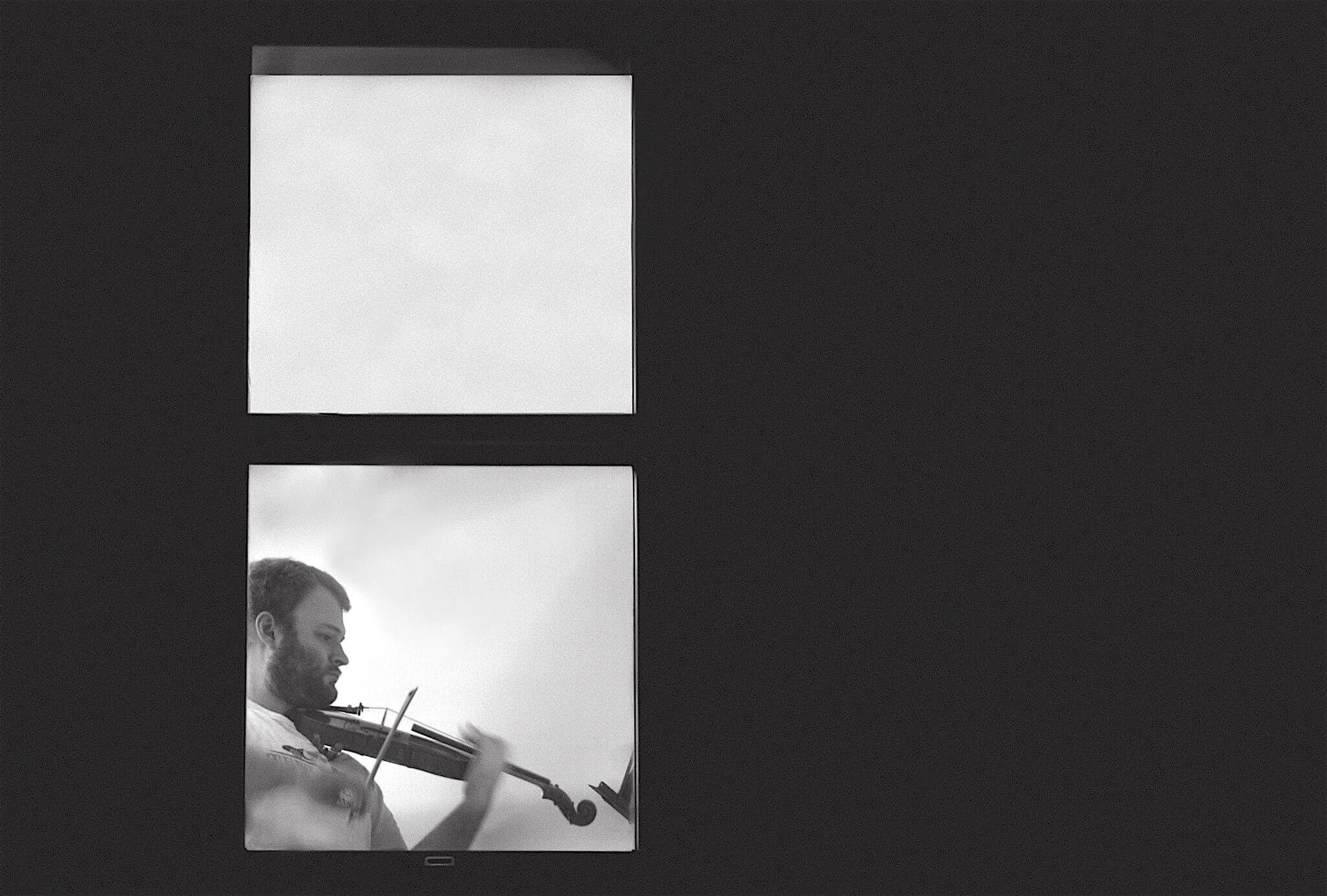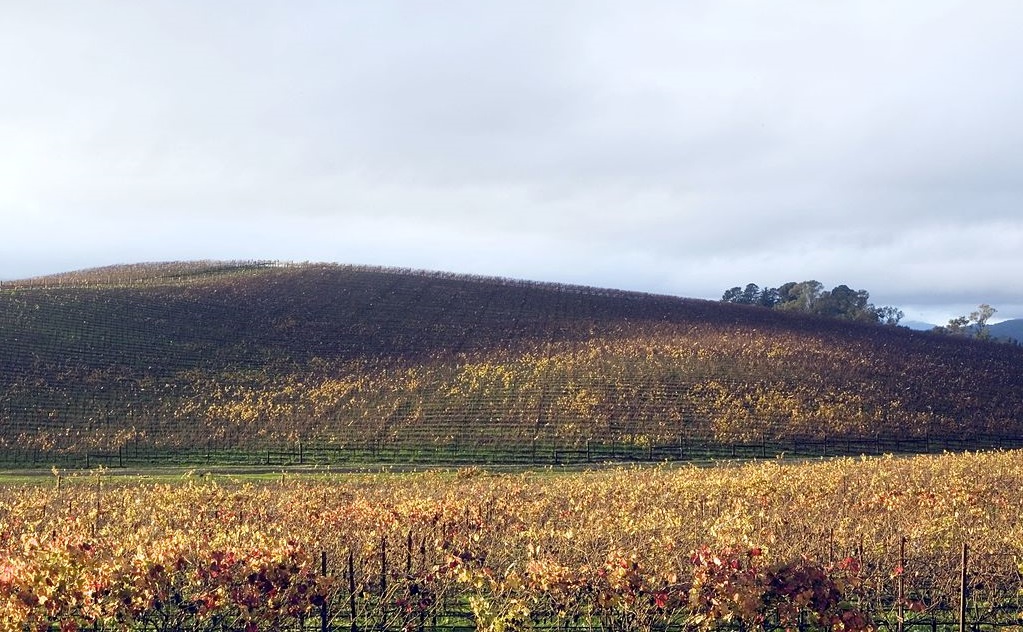What kind of music was “wired” in popular OS
Situation: in the courtyard 2003 year. Someone from your family is talking on the phone, what is taking up the line to which the modem is connected. In anticipation of your turn and the opportunity to go online, you decide once again to delve into the library of free music that the developers put with Windows. At that time, she was in the Samples of Music folder .
Today we decided to recall what you could listen to in different versions of Windows. Photo This Guy Unspalsh

Music appeared in Windows 3.1, introduced in the 90s. Around this time, the first MIDI-enabled sound cards entered the market. Also, software has begun to appear to work with this format - for example, Steinberg Cubase and Finale .
Two tracks are excerpts from the classic works of Bach and Vivaldi - " Brandenburg concerts " and " Seasons ". Two more works demonstrated the capabilities of Passport Designs MIDI sequencer - PASSPORT.MID and CANYON.MID.
The author of the first one is notoriously unknown , but the second composer was jazz musician George Stone. But he did not assume that the music would be distributed along with Windows (he wrote it to advertise the sequencer on the MAC). Passport Designs experienced financial difficulties and sold the rights to the composition of Microsoft without the knowledge of Stone. George did not receive money from this transaction, but his work was widely recognized.
There are tons of covers on YouTubeCANYON.MID. The composition was even performed at one of the MAGFest festivals dedicated to computer games and the music in them.
Here, CLOUDS.MID was added to the previous nine tracks . It was conceived as an “easter egg”, so it was not in the MEDIA directory. To listen to the composition, it was necessary to perform a number of manipulations with folders. The instructions are on the blog of CLOUDS composer Brian Orr, who was an intern at Microsoft at the time.
In addition to the new MIDI composition, two music videos appeared in Windows 95 . The event was timed to the release of the free version of Video For Windows , which comes with the operating system. The first video is a clip by American singer Edie Brickell for the song "Good Times" .
Second - clipto the song "Buddy Holly" from Weezer's album. Stylized as a scene from the sitcom Happy Days , the clip won four MTV awards , including the title of Best Alternative Clip. Today, the song Buddy Holly is considered one of the most recognizable compositions of the 90s, and covers are still being made on it .
In Windows 98, all MIDI tracks were replaced with three new files. According to Microsoft, they were involved in a few musical instruments.
The new tunes were called FLOURISH.MID, TOWN.MID and ONESTOP.MID. The authorship of the first two tracks credited Nathan Grieg (Nathan Grigg), today known for his soundtracks to the series FEAR and Middle-Earth game. The third track was written by David Yackley, and the fame of one of Microsoft’s worst MIDI music files stuck to it .
Windows ME does not have the best reputation in the IT community , however this OS is known for the track “ Beautiful Way ” by American multi-instrumentalist Beck Hensen . The composition was part of the Midnite Vultures album , which was highly praised by both critics and musician fans.
The new track demonstrated the capabilities of the ASF multimedia format containing streaming audio and video. Typically, these files had the extension .asf, but if the container contained only music, it was designated as .wma. It was in this format that compositions were presented in Windows XP.

Photo Simon Goldin CC BY-SA / Photo "Serenity" Windows XP, taken in 2006
Windows XP came out just a year after Windows ME and became the first operating system to include the well-known Sample Music directory. It contained compositions from the latest album of the rock band Talking Heads , as well as a scherzo from Beethoven’s Ninth Symphony and a light jazz number called “ Highway Blues ” by Mark Sils.
In Windows Vista, the number of music tracks that came with the system reached eleven. Among them were the works of the Italian percussion duo Aisha Duo . The selection includes two songs from their album Quiet Songs. Also in the sample folder was the music of Brazilian jazz singer Luciana Souza “ Mutia Bobiera ” and the song “ MAO's Blues ” by New York pianist Aaron Goldberg.
Senegalese guitarist Habib Koite provides two songs from his debut albumin which he combined Western guitar music and traditional music of the peoples of Mali. Also in Vista, one could come across the works of American percussionist Kurs Kale, who is considered the pioneer of the Asian Underground dance genre . Now you can listen to his compositions on Bandcamp .
Diluted ethnic music and jazz with The Posies songs. The band just released their first album in eight years. Probably, the team wanted to use the output of the new operating system as an opportunity to remind themselves.
Windows 7 introduced Claude Debussy’s composition “ Girl with Flaxen Hair ”, the work of “ Sleep Away ” by Bob Acre and the electronic track from Mr. Scruff , a British downtempo artist.
Starting with Windows 8, Microsoft stopped turning on music from selected artists along with operating systems and the folder with “samples” disappeared from the operating system. This is partly due to the fact that Microsoft launched its digital music store Groove Music . One way or another, a whole era has gone with the contents of the Sample Music folder.
 Audiomania is hosting the traditional summer sale of Hot AUDIOSALE 2019 . Until the end of June, headphones, portable speakers, floor speakers and tube amplifiers can be purchased at a discount of up to 70% .
Audiomania is hosting the traditional summer sale of Hot AUDIOSALE 2019 . Until the end of June, headphones, portable speakers, floor speakers and tube amplifiers can be purchased at a discount of up to 70% .
This is a good opportunity to buy a gift for loved ones or take a device that you have been eyeing for a long time.
What else to read in our “Hi-Fi World”:
 What was on the first iPod: twenty albums that Steve Jobs chose in 2001
What was on the first iPod: twenty albums that Steve Jobs chose in 2001
 Why is the music no longer recorded as before?
Why is the music no longer recorded as before?
 Innovation SSI-2001: the story of one of the rarest sound cards for the IBM PC (and its replica)
Innovation SSI-2001: the story of one of the rarest sound cards for the IBM PC (and its replica)
 Enthusiast recreated the sound card Sound Blaster 1.0 - talk about the project
Enthusiast recreated the sound card Sound Blaster 1.0 - talk about the project
Today we decided to recall what you could listen to in different versions of Windows. Photo This Guy Unspalsh

Windows 3.1
Music appeared in Windows 3.1, introduced in the 90s. Around this time, the first MIDI-enabled sound cards entered the market. Also, software has begun to appear to work with this format - for example, Steinberg Cubase and Finale .
Windows 3.1 included nine MIDI songs that were in the C: \ WINDOWS \ MEDIA folder. You can listen to them all on Archive.org .
Two tracks are excerpts from the classic works of Bach and Vivaldi - " Brandenburg concerts " and " Seasons ". Two more works demonstrated the capabilities of Passport Designs MIDI sequencer - PASSPORT.MID and CANYON.MID.
The author of the first one is notoriously unknown , but the second composer was jazz musician George Stone. But he did not assume that the music would be distributed along with Windows (he wrote it to advertise the sequencer on the MAC). Passport Designs experienced financial difficulties and sold the rights to the composition of Microsoft without the knowledge of Stone. George did not receive money from this transaction, but his work was widely recognized.
There are tons of covers on YouTubeCANYON.MID. The composition was even performed at one of the MAGFest festivals dedicated to computer games and the music in them.
Windows 95
Here, CLOUDS.MID was added to the previous nine tracks . It was conceived as an “easter egg”, so it was not in the MEDIA directory. To listen to the composition, it was necessary to perform a number of manipulations with folders. The instructions are on the blog of CLOUDS composer Brian Orr, who was an intern at Microsoft at the time.
In addition to the new MIDI composition, two music videos appeared in Windows 95 . The event was timed to the release of the free version of Video For Windows , which comes with the operating system. The first video is a clip by American singer Edie Brickell for the song "Good Times" .
Second - clipto the song "Buddy Holly" from Weezer's album. Stylized as a scene from the sitcom Happy Days , the clip won four MTV awards , including the title of Best Alternative Clip. Today, the song Buddy Holly is considered one of the most recognizable compositions of the 90s, and covers are still being made on it .
Windows 98
In Windows 98, all MIDI tracks were replaced with three new files. According to Microsoft, they were involved in a few musical instruments.
These three tunes were often used by Microsoft technical support specialists as tools to diagnose problems with multimedia extensions. With their help, we checked the operability of sound drivers.
The new tunes were called FLOURISH.MID, TOWN.MID and ONESTOP.MID. The authorship of the first two tracks credited Nathan Grieg (Nathan Grigg), today known for his soundtracks to the series FEAR and Middle-Earth game. The third track was written by David Yackley, and the fame of one of Microsoft’s worst MIDI music files stuck to it .
Windows ME and XP
Windows ME does not have the best reputation in the IT community , however this OS is known for the track “ Beautiful Way ” by American multi-instrumentalist Beck Hensen . The composition was part of the Midnite Vultures album , which was highly praised by both critics and musician fans.
The new track demonstrated the capabilities of the ASF multimedia format containing streaming audio and video. Typically, these files had the extension .asf, but if the container contained only music, it was designated as .wma. It was in this format that compositions were presented in Windows XP.

Photo Simon Goldin CC BY-SA / Photo "Serenity" Windows XP, taken in 2006
Windows XP came out just a year after Windows ME and became the first operating system to include the well-known Sample Music directory. It contained compositions from the latest album of the rock band Talking Heads , as well as a scherzo from Beethoven’s Ninth Symphony and a light jazz number called “ Highway Blues ” by Mark Sils.
Windows Vista
In Windows Vista, the number of music tracks that came with the system reached eleven. Among them were the works of the Italian percussion duo Aisha Duo . The selection includes two songs from their album Quiet Songs. Also in the sample folder was the music of Brazilian jazz singer Luciana Souza “ Mutia Bobiera ” and the song “ MAO's Blues ” by New York pianist Aaron Goldberg.
Senegalese guitarist Habib Koite provides two songs from his debut albumin which he combined Western guitar music and traditional music of the peoples of Mali. Also in Vista, one could come across the works of American percussionist Kurs Kale, who is considered the pioneer of the Asian Underground dance genre . Now you can listen to his compositions on Bandcamp .
Diluted ethnic music and jazz with The Posies songs. The band just released their first album in eight years. Probably, the team wanted to use the output of the new operating system as an opportunity to remind themselves.
Windows 7 onwards
Windows 7 introduced Claude Debussy’s composition “ Girl with Flaxen Hair ”, the work of “ Sleep Away ” by Bob Acre and the electronic track from Mr. Scruff , a British downtempo artist.
Starting with Windows 8, Microsoft stopped turning on music from selected artists along with operating systems and the folder with “samples” disappeared from the operating system. This is partly due to the fact that Microsoft launched its digital music store Groove Music . One way or another, a whole era has gone with the contents of the Sample Music folder.
 Audiomania is hosting the traditional summer sale of Hot AUDIOSALE 2019 . Until the end of June, headphones, portable speakers, floor speakers and tube amplifiers can be purchased at a discount of up to 70% .
Audiomania is hosting the traditional summer sale of Hot AUDIOSALE 2019 . Until the end of June, headphones, portable speakers, floor speakers and tube amplifiers can be purchased at a discount of up to 70% . This is a good opportunity to buy a gift for loved ones or take a device that you have been eyeing for a long time.
What else to read in our “Hi-Fi World”:
 What was on the first iPod: twenty albums that Steve Jobs chose in 2001
What was on the first iPod: twenty albums that Steve Jobs chose in 2001  Why is the music no longer recorded as before?
Why is the music no longer recorded as before?  Innovation SSI-2001: the story of one of the rarest sound cards for the IBM PC (and its replica)
Innovation SSI-2001: the story of one of the rarest sound cards for the IBM PC (and its replica)  Enthusiast recreated the sound card Sound Blaster 1.0 - talk about the project
Enthusiast recreated the sound card Sound Blaster 1.0 - talk about the project